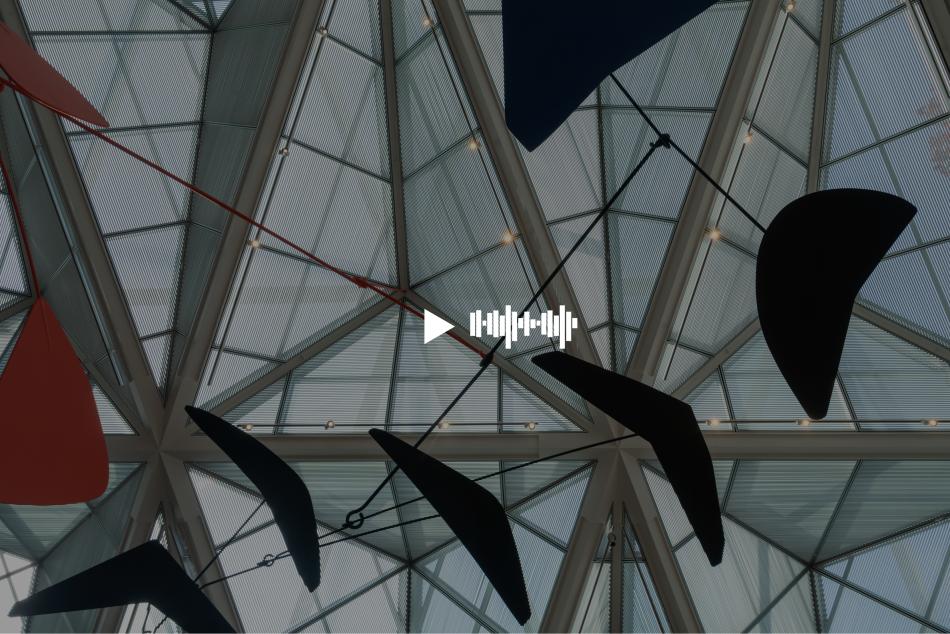HARRY COOPER:
This is one of the very first paintings in the history of art that we can call “abstract” or verging on the abstract. And it was Kandinsky’s great achievement to be one of the first painters to take that risk.
NARRATOR:
Russian artist Wassily Kandinsky created this painting as part of a larger series.
Harry Cooper, curator and head of modern art, explains its title.
HARRY COOPER:
It’s really two titles. The subtitle, Sea Battle, gives us a clue about the representation. We can see a marine picture, a naval battle: masts of ships, cannons, explosions. But the principal title, Improvisation 31, is more important here, because that suggests the abstraction that is happening.
NARRATOR:
Kandinsky found inspiration from many sources, from biblical imagery to Russian folklore. Music was another muse, which is well represented here.
HARRY COOPER:
Music has a great directness—there’s nothing in between us and music. It sort of gets right into our head. These painters who wanted to break the rules and break free of these centuries- old techniques and conventions of painting reality could look to music and be inspired to paint almost with their eyes closed. Weaving together a lot of different colors, different kinds of marks. From these swirls and squiggles to these patches to these sort of searching lines. What kind of music do we see on the canvas? [laughs] Maybe that’s the question. For me, it’s rather symphonic.




